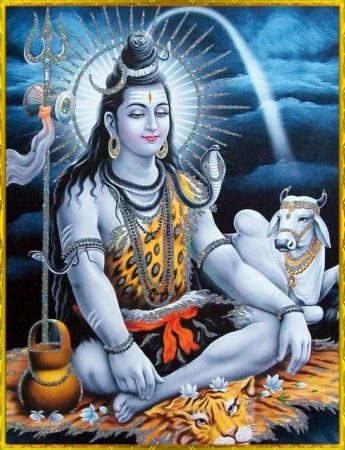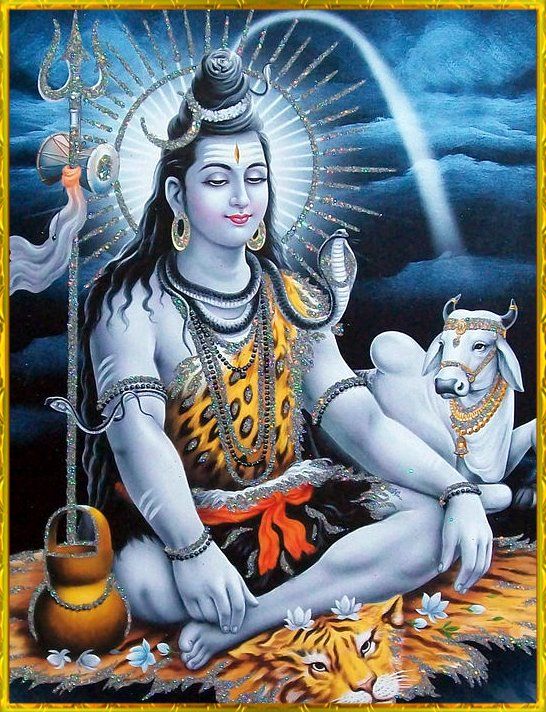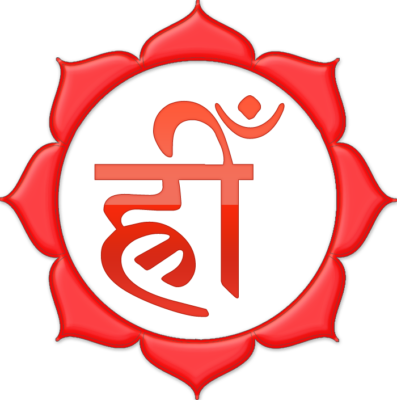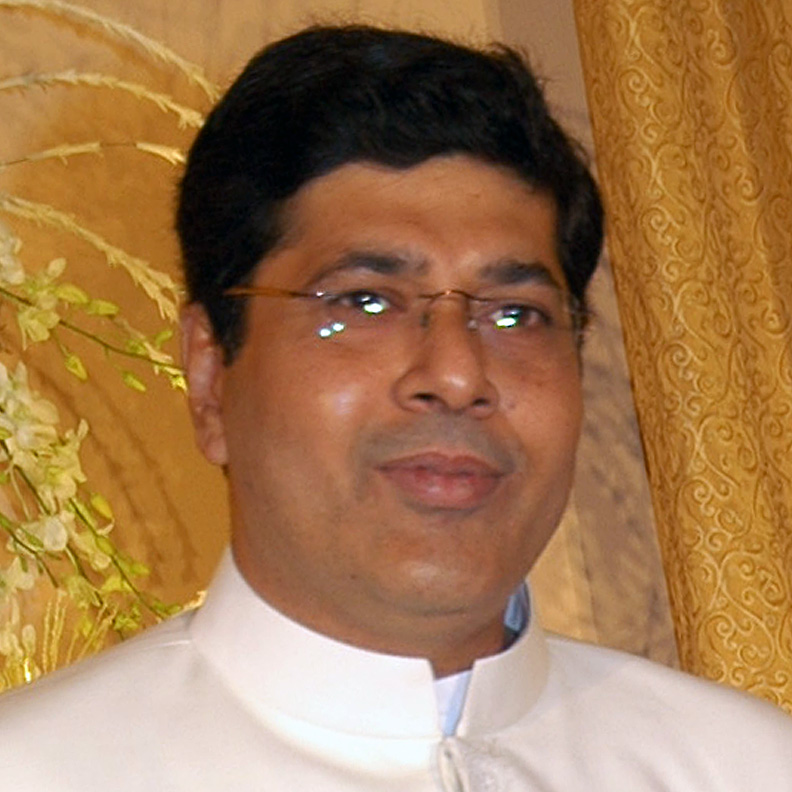Procedure
 You are required to observe a fast on the day of Mahā Śivarātri. The very detailed procedure is quite difficult to follow, for ordinary people and what is being advised is a simplified version or the bare-bones of what must be done. The moot point is that the entire day of Śivarātri is a day of penance for all that sins that cause rebirth cycles and one must atone for them else suffer rebirth and various hells in this life and after.
You are required to observe a fast on the day of Mahā Śivarātri. The very detailed procedure is quite difficult to follow, for ordinary people and what is being advised is a simplified version or the bare-bones of what must be done. The moot point is that the entire day of Śivarātri is a day of penance for all that sins that cause rebirth cycles and one must atone for them else suffer rebirth and various hells in this life and after.
This year Mahā Śivarātri is on Monday, 4th March, 2019 and fasting is to be done for the entire day. There are three methods of fasting and you are required to choose one of them. What is common to all the three methods is –
- keeping a fast of one of the three kinds. For example, Nirjala Upavāsa is the hard fast which is without eating or drinking. These people do not even touch water. But this is not to be done by those who are ailing and must take medication, children and very old people.
- abstinence from all sensual gratification including perfumes, powder, wearing flowers, unguents, ornaments, chewing betel, music, dancing etc.
- chanting mantra i.e. japa sadhana
In current form of Puja Vidhi, devotees visit Śiva temples early in the morning. We will be visiting the Jageshwar dham where we will worship Nāgeśvara and Mṛtyuṅjaya liñga.
Most people finish Śiva Liñga Puja before noon as most temples are closed after that in preparation of evening Darshan. Most Śiva temples open in the evening only for the Darshan and not for the Puja activities. In the morning devotees perform Abhishek with milk and water and offer different items to the Śiva Liṅga including Bilva leaves, Bilva fruit and sometimes Dhatura or other tāntrika items.
Many people distribute sweet beverage and sweets as Prasad. Bhang, which is made of cannabis plant, is easily accepted in the society as the offering from Lord Śiva as it is a painkiller and has various medicinal properties. Ideally this is the day to offer the medicine to Lord Śiva and then take it as ayurveda prasad. So, it is really not bhang but any medicine that you are going to take that can be kept as offering instead – but ayurvedic medicine only.
Most devotees observe full day fast on the diet of fruits and juices. Usually people don’t mind to have single fasting meal in the evening. On the next day of Maha Śivarātri, the food which specially includes plain rice and yellow curry made of gram flour is offered to the deity of Lord Śiva and after that it is given to some Baba known as Bham Bham Bole who symbolically represents Lord Śiva. Only after this offering family members can have the food. We will be offering the prasad to the priests and that is sufficient as they are the best devotees of Śiva.
The above explains how Maha Śivarātri is celebrated and known by most Indians.
Upadeśa for MSP
Only one meal is allowed during the day, and that too after the puja is completed in the temple by noon. This meal will be served at Jageswar. If you must have medication in the morning, then prefer to take it with a fruit. Cleanse well and bathe thoroughly before wearing fresh clothes for the puja. Men must wear white and women, can do so only if they are not married. Married women have to wear colour clothes. The body should be well covered and legs and chest should not be exposed at all.
Mantra Bathing
On the day of Śivarātri, one should get up early in the morning. Since we will be leaving by 4am, you must awaken at 2am and get ready.
करमूले तु गोविन्दः प्रभाते करदर्शनम्॥
karāgre vasate lakṣmīḥ karamadhye sarasvati |
karamūle tu govindaḥ prabhāte karadarśanam ||
Translation: Lakṣmī resides in [the fingers] at the beginning of the hand; at the center [palm] resides Sarasvati; at the base [wrist, fish mark] resides Govinda; see your palm after awakening.
Joining the palms at the sides shows the face of Vāsudeva (Govinda) with Śrī (Lakṣmī) and Bhū (Sarasvati) śaktī. Do not step out of the bed without seeing your joint palm. Thereafter recite the mantra ‘हरे राम कृष्ण | hare rāma kṛṣṇa’ and then step out of the bed with your left foot (male) or right foot (female).
Bathing
Add a little black sesame seeds into a bucket or mug of warm water. It is believed that the holy bath on the day of Śivarātri purifies not only the body but also the soul. Bathing in a river is best but this is not possible in Bhim Tal nor should you go to the lake for a bath.
Take a bucket of warm water or just a mug of warm water. Touch it with your finger and recite this prayer once
नर्मदा सिंधु कावेरी जलेऽस्मिन् सन्निधं कुरु॥
gaṁgeca yamune caiva godāvarī sarasvatī |
narmadā siṁdhu kāverī jale’smin sannidhaṁ kuru ||
Translation: [O! Goddesses in the form of holy rivers] Ganga, Yamuna, Godavari, Sarasvati, Narmada, Sindhu and Kaveri, please bless this water with thy presence.
Sprinkle the black sesame seeds in the water saying ‘हर हर गङ्गे (hara hara gaṅge)’ again and again. Then pour this over your head.
मुच्यते सर्वपापेभ्यो विष्णुलोकं सगच्छति॥
gaṁgā gaṁgeti yo brūyāt yojanānā śatairapi |
mucyate sarvapāpebhyo viṣṇulokaṁ sagacchati ||
Translation: One who utters ‘गङ्गा gaṅgā’ or ‘गङ्गे gaṅge’ a hundred times [during bath] will be rid of all sins and attains Viṣṇu-loka [purity].
Thereafter have a full bath uttering ‘गङ्गा gaṅgā’ or ‘गङ्गे gaṅge’ 108 times or more.
Dress
Wear white clothes that cover your body completely. Only married women should wear coloured clothes. Those following various religious paths should wear the dress of their own religious code. Śiva is the parameṣṭhi guru and would expect you to obey your guru/spiritual master and follow the code and ethics of your path.
Do not wear any leather garments, leather, belt, leather jacket, leather shoes. This is prohibited.
Tilakaṁ
Wear the mark of your sampradaya on your forehead. If you belong to a śaiva sampradaya then you must wear the tripuṇḍra while those of vaiṣṇava sampradaya must wear the tilakaṁ. Others can wear a simple sandalwood paste mark on the forehead along with a red-vermillion dot representing the offerings to Śiva and Śaktī respectively.
Rosary
Carry your japa mala in a bag that covers the japa mala completely. The kit-bag provided for MSP participants will have necessary items.
Saṅkalpa
After taking bath devotees should take Sankalp (संकल्प) to observe full day fast and to break the fast on the next day. During Sankalp devotees pledge for self-determination throughout the fasting period and seek blessing of Lord Śiva to finish the fast without any interference. Hindu fasts are strict and people pledge for self-determination and seek God blessing before starting them to finish them successfully.
Devotees should abstain from all type of food during the fasting. In the strict form of fasting even water is not allowed. However, consumption of fruits and milk is suggested during day time which should be followed by strict fasting during night. In other words during day time fruits and milk can be consumed.
Devotees should take second bath in the evening before doing Śiva Puja or visiting temple. If one is not able to visit the temple then makeshift Śiva Ling can be made to perform Puja activities. One can even shape the mud in Linga form and apply Ghee to perform Abhishek Puja at home.
Śiva Puja should be done during night. Śivarātri Puja can be performed one time or four times during the night. The whole night duration can be divided into four to get four Prahar (प्रहर) to perform Śiva Puja four times. Devotees who want to perform single Puja should do it during midnight. Please check Maha Śivarātri Puja Timings to know timings of four Prahars for your city.
As per Puja Vidhi, Abhishek of Śiva Lingam should be performed with different materials. The milk, rose water, sandalwood paste, yogurt, honey, Ghee, sugar and the water are commonly used for Abhishek. Devotees, who perform four Prahar Puja, must perform water Abhishek during first Prahar, curd Abhishek during second Prahar, Ghee Abhishek during third Prahar and honey Abhishek during fourth Prahar apart from other materials.
After the Abhishek ritual, Śiva Linga is adorned with the garland made of Bilva leaves. It is believed that Bilva leaves cool down Lord Śiva.
After that Chandan or Kumkum is applied to the Śiva Linga which is followed by lighting lamp and Dhupa. The other items which are used to adorn Lord Śiva include flower of Madar (मदार) which is also known as Aak (आक), Vibhuti which is also known as Bhasm. Vibhuti is sacred ash which is made using dried cow dung.
The mantra to chant during Puja duration is ॐ नमः शिवाय (Om Namah Śivaya).
Devotees should break the fast next day after taking bath. Devotees should break the fast between sunrise and before the end of Chaturdashi Tithi to get maximum benefit of the Vrat. Please check Maha Śivarātri page to know the time to break the fast for your city.


 Sanjay Rath belongs to a traditional family of astrologers from Bira Balabhadrapur Sasan village of Puri, Orissa, which trace their lineage back to Shri Achyuta Das (Sri Achyutananda). His grandfather, the late Pandit Jagannath Rath, was the Jyotish Ratna of Orissa and authored many books on Jyotish. He began his studies at a tender age, and received the depth of Jyotish only found among those who have been trained in the ancient traditional way of the parampara.
Sanjay Rath belongs to a traditional family of astrologers from Bira Balabhadrapur Sasan village of Puri, Orissa, which trace their lineage back to Shri Achyuta Das (Sri Achyutananda). His grandfather, the late Pandit Jagannath Rath, was the Jyotish Ratna of Orissa and authored many books on Jyotish. He began his studies at a tender age, and received the depth of Jyotish only found among those who have been trained in the ancient traditional way of the parampara.